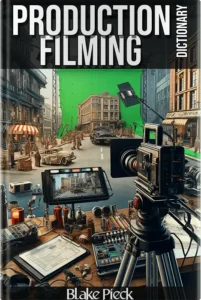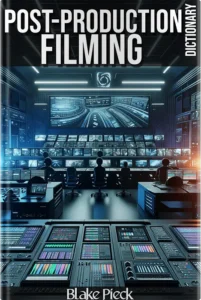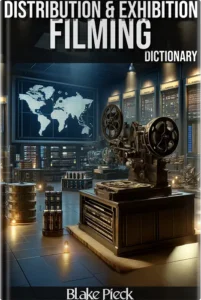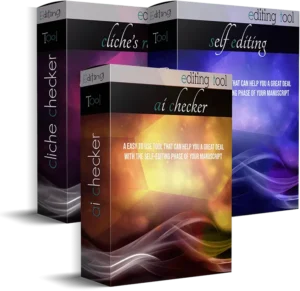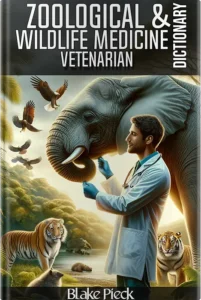Embark on a transformative journey into the realm of character building and creation with our comprehensive “Character Creation Dictionary.” This invaluable resource delves deep into the art and science of crafting compelling characters, covering a vast array of topics essential for character development. Whether you’re an aspiring writer, a seasoned storyteller, or simply passionate about the art of character creation, this dictionary is your indispensable companion. Elevate your storytelling craft, breathe life into your characters, and unlock the boundless possibilities of character-driven narratives.
The “Character Creation Dictionary” is an indispensable resource for anyone passionate about storytelling and character development. Whether you’re an aspiring writer, a seasoned storyteller, or simply enjoy creating characters, this dictionary offers a wealth of knowledge and practical advice. By exploring the intricacies of personality traits, emotions, expressions, and body language, you can create richer, more authentic characters that captivate and engage your audience. Invest in the “Character Creation Dictionary” and unlock the boundless possibilities of character-driven narratives.
Why Invest in the “Character Creation Dictionary”?
1. Comprehensive Resource
The “Character Creation Dictionary” is not just a list of terms; it is a treasure trove of knowledge that explores the intricacies of character building. It covers a wide range of topics, including personality traits, character backgrounds and histories, physical attributes, emotions, and relationships. Each entry is meticulously crafted to provide a concise yet comprehensive definition, accompanied by practical insights on how to effectively apply these concepts in your own character creations.
2. Elevate Your Storytelling
For writers and storytellers, characters are the heart of any narrative. Compelling characters can captivate readers, drive the plot forward, and evoke deep emotional responses. This dictionary offers techniques and strategies for bringing your characters to life, from developing their identities to crafting their arcs and motivations. By understanding the nuances of character creation, you can create more engaging and memorable stories.
3. Enhance Character Depth and Believability
Creating believable characters requires more than just a name and a backstory. It involves understanding how characters think, feel, and interact with the world around them. The “Character Creation Dictionary” delves into a spectrum of emotions and feelings, exploring how they shape characters’ actions, decisions, and relationships. It also covers the subtleties of facial expressions and body language, enhancing your characters’ believability and depth.
4. Rich Repository of Traits and Quirks
Every character is unique, and the richness of their personality lies in their traits and quirks. This dictionary offers a vast repository of characteristics that add authenticity and complexity to your characters. Whether you’re looking for traits that define a protagonist, antagonist, or supporting character, you will find an extensive selection to choose from, each explained with practical examples and applications.
5. Master Non-Verbal Communication
Body language is a powerful tool for conveying emotions, intentions, and interpersonal dynamics. The “Character Creation Dictionary” helps you decode the language of the body, providing insights into how non-verbal communication can be used to enhance character interactions and narrative tension. By mastering this aspect of character creation, you can create more nuanced and engaging scenes.
Key Sections of the “Character Creation Dictionary”
1. Character Creation
This section covers the foundational aspects of character development. It provides techniques and strategies for bringing characters to life, from developing their identities to crafting their arcs and motivations. It offers insights into creating well-rounded characters with clear goals, conflicts, and growth throughout the story.
2. Emotions and Feelings
Explore a spectrum of emotions and feelings, understanding how they shape characters’ actions, decisions, and relationships. This section delves into the psychology of emotions, offering practical advice on how to portray complex emotional states and transitions. It helps writers create characters that resonate with readers on a deep emotional level.
3. Expressions
Learn the subtleties of facial expressions and body language, enhancing your characters’ believability and depth. This section provides a detailed exploration of how different expressions convey various emotions and states of mind. It includes visual examples and descriptions to help writers accurately depict their characters’ reactions and interactions.
4. Characteristics
Delve into a vast repository of traits, quirks, and nuances that add richness and authenticity to your characters’ personalities. This section categorizes traits into positive, negative, and neutral attributes, helping writers create balanced and multi-dimensional characters. It also explores how different traits interact and influence character behavior and relationships.
5. Body Language
Decode the language of the body, mastering non-verbal communication to convey emotions, intentions, and interpersonal dynamics. This section covers a wide range of body language cues, from gestures and postures to facial expressions and eye movements. It provides practical tips on how to use body language to enhance character interactions and build tension in your narrative.
Who Can Benefit from the “Character Creation Dictionary”?
1. Aspiring Writers
For those new to writing, the “Character Creation Dictionary” offers a structured and comprehensive guide to character development. It provides foundational knowledge and practical techniques to help you create compelling characters from scratch.
2. Seasoned Storytellers
Experienced writers will find this dictionary a valuable reference for refining their character-building skills. It offers advanced insights and strategies to deepen character complexity and enhance narrative impact.
3. Screenwriters and Playwrights
Character-driven stories are crucial in screenwriting and playwriting. This dictionary provides tools and techniques to develop dynamic and engaging characters that come to life on screen or stage.
4. Game Developers
In interactive storytelling, such as video games, character development is essential for player engagement. This dictionary offers practical advice on creating characters that players can connect with and care about.
5. Educators and Students
Teachers and students of creative writing and literature can use this dictionary as an educational resource. It provides a comprehensive overview of character development concepts, making it a useful tool for both teaching and learning.
6. Role-Playing Enthusiasts
For those who enjoy role-playing games (RPGs), the “Character Creation Dictionary” can help in creating detailed and immersive characters. It provides a wealth of traits, quirks, and background details to enhance your role-playing experience.









